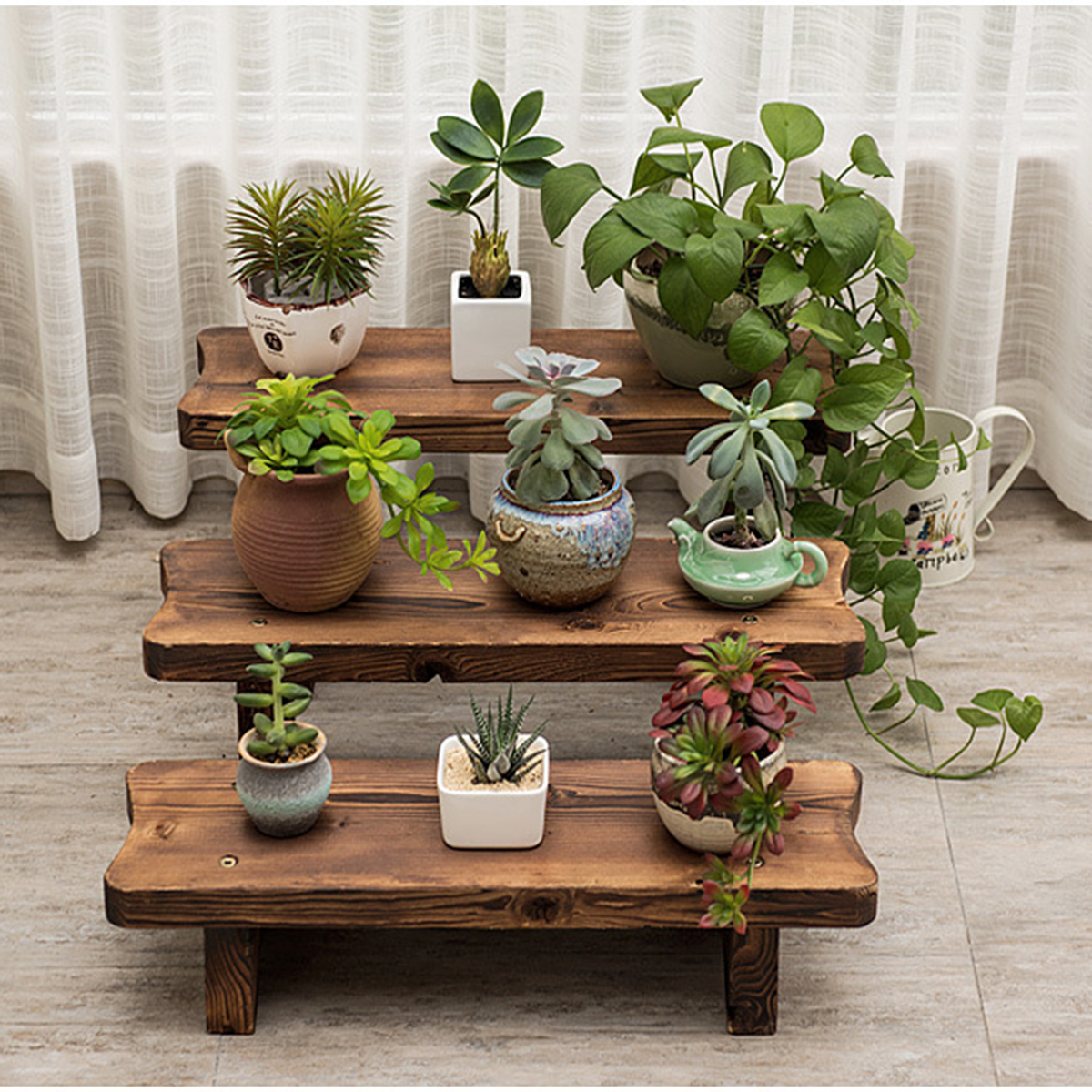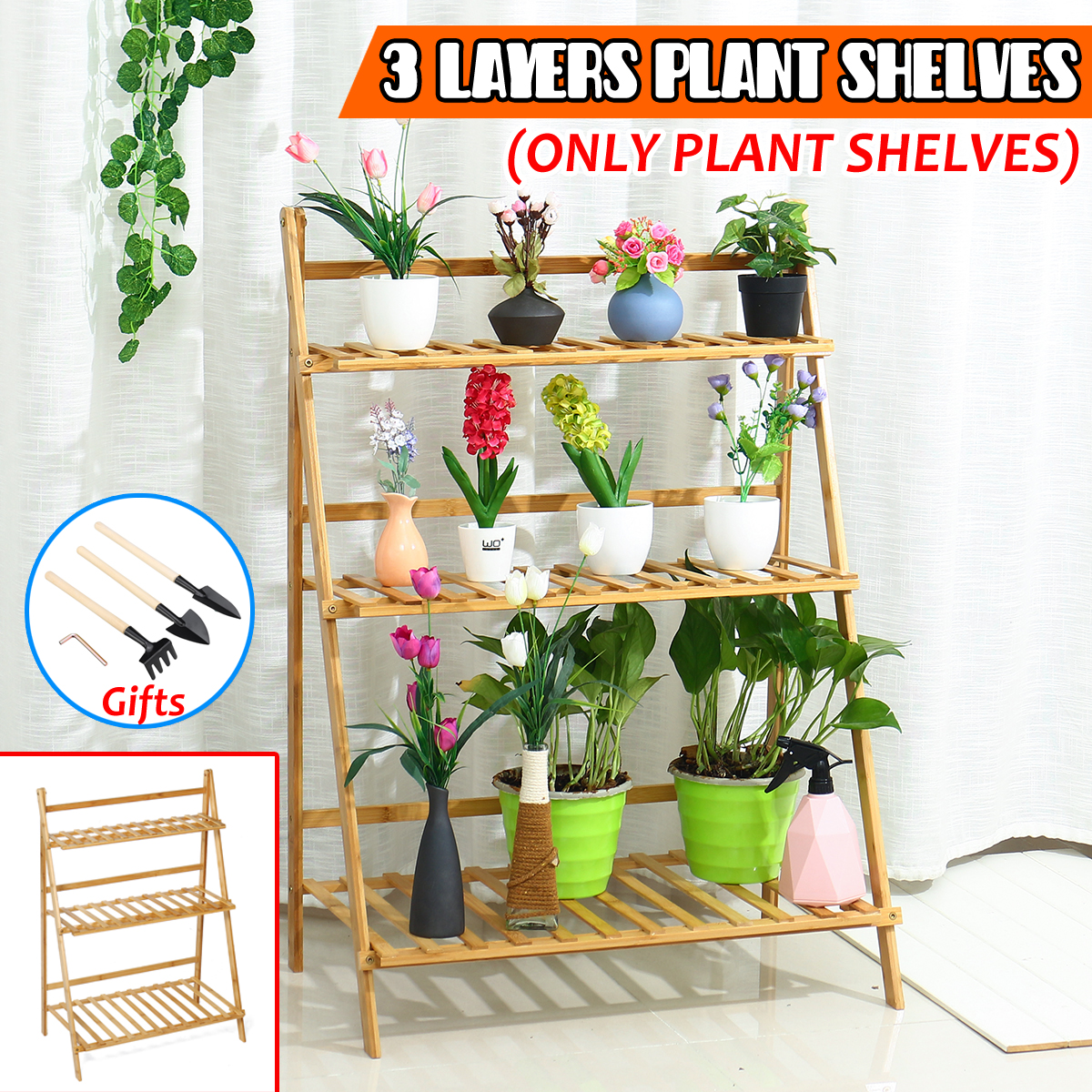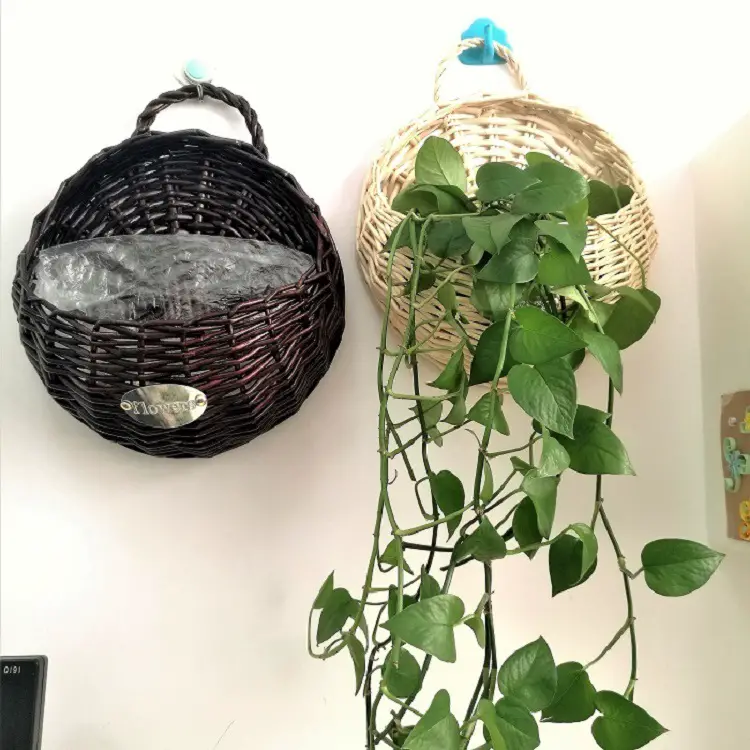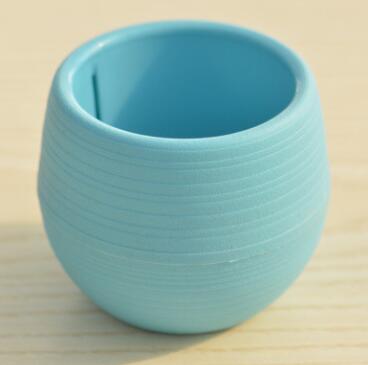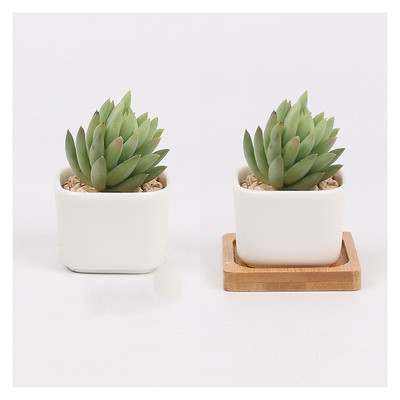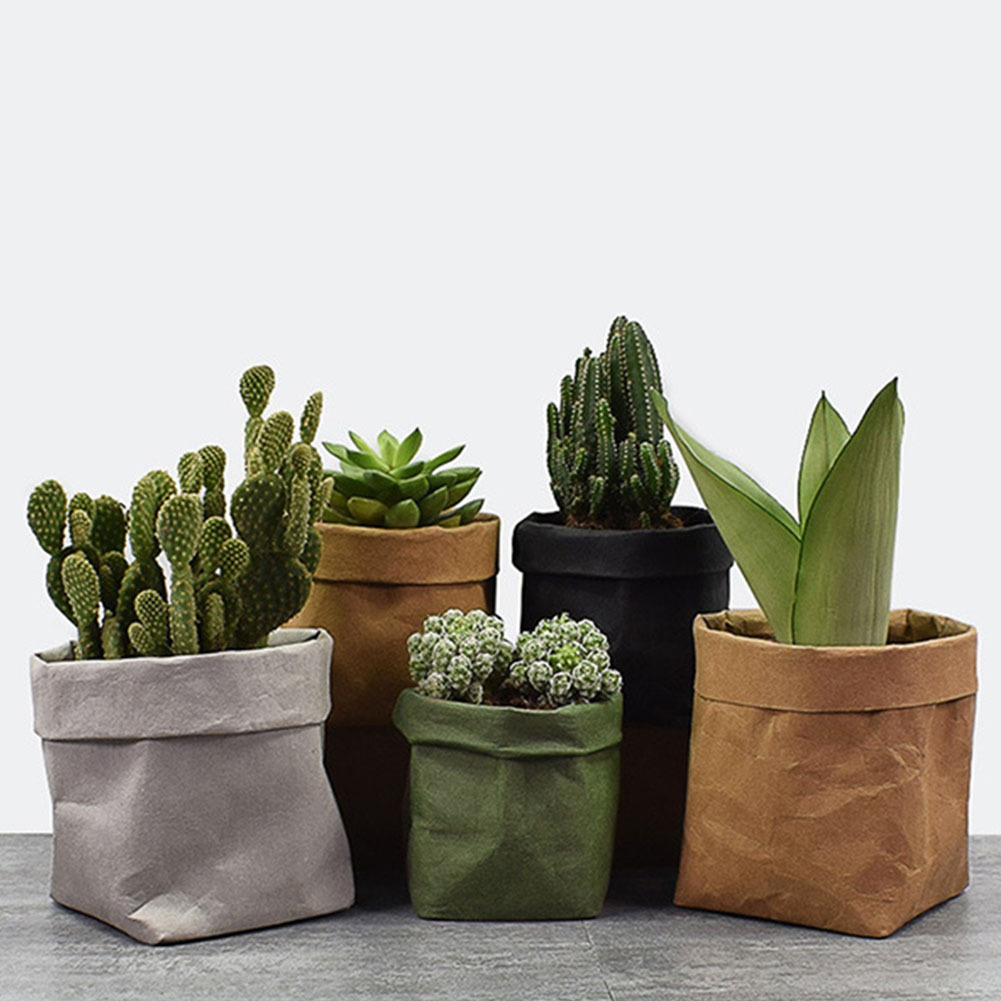Overcoming Watering Woes: Hydration Tips for Potted Plants
In recent years, the trend towards container planting has surged, with urban gardeners and rural enthusiasts alike championing the versatility and beauty of potted plants. Whether adorning a bustling city balcony or enhancing a sprawling country garden, container plants offer a unique blend of convenience and aesthetic appeal. However, with this flexibility comes a common set of challenges, most notably the age-old dilemma of proper hydration. Ensuring your potted plants receive the right amount of water can be tricky, but with the right knowledge and techniques, you can keep your greenery thriving.
Understanding the Basics of Hydration
Water is essential for photosynthesis, nutrient transport, and overall plant health. However, overwatering and underwatering are two of the most common pitfalls for gardeners. To strike the right balance, it’s crucial to understand the specific needs of your plants, which can vary based on species, pot size, and environmental conditions.
Assessing Soil Moisture
The first step in addressing watering woes is learning to assess soil moisture accurately. Many gardeners rely solely on a watering schedule, but this can be misleading. Instead, check the soil’s moisture level by inserting your finger about an inch deep into the soil. If it feels dry, it’s time to water; if it’s moist, hold off until it dries out a bit more.
Choosing the Right Pot and Soil
Selecting appropriate pots and soil is fundamental to ensuring proper hydration. Pots should have drainage holes to prevent water from pooling at the bottom, which can lead to root rot. Similarly, choosing high-quality potting mix, often designed specifically for container gardening, improves water retention while providing necessary aeration.
Greenery Galore: Creating Stunning Displays with Container Plants
One of the joys of container gardening is the ability to create stunning displays of greenery that bring life and color to spaces of any size. Selecting the right combination of plants and arranging them thoughtfully can transform any area into a verdant paradise.
Mixing and Matching for Visual Appeal
When selecting plants, consider using a mix of heights, textures, and colors to create depth and interest. For example, pairing trailing plants like ivy or string of pearls with upright growers like ferns or ornamental grasses creates a dynamic and engaging composition. Consider the foliage as well, with variegated or textured leaves adding another layer of diversity to your display.
Seasonal Swaps and Rotations
Container displays give you the freedom to change plants seasonally, enhancing your garden’s appearance year-round. Spring bulbs like tulips and daffodils can be replaced with summer favorites like petunias and geraniums, while autumn can bring chrysanthemums and ornamental kale. This rotational approach not only keeps your garden fresh but also allows you to experiment with different plant combinations and watering techniques.
Hydration Techniques for Healthy Growth
Keeping your container plants adequately hydrated requires a balanced approach that takes into account the specific needs of each plant species and the environmental conditions they are exposed to. Here are some effective strategies to ensure your potted plants thrive.
Timing and Frequency
Understanding when and how often to water is crucial. Early morning or late afternoon is typically the best time to water, as the cooler temperatures reduce evaporation, allowing plants to absorb more moisture. Frequent light watering can lead to surface root growth, making plants vulnerable during dry spells. Instead, water deeply and less frequently to encourage robust root systems.
Self-Watering Systems
For those who are frequently away or prone to forgetting their watering schedule, self-watering pots or systems can be a lifesaver. These devices use a reservoir to supply plants with a consistent level of moisture, reducing the risk of over or underwatering. They’re particularly beneficial for moisture-loving species like ferns and peace lilies.
Mulching and Soil Amendments
Applying a layer of mulch on top of your soil helps maintain moisture levels by reducing evaporation. Organic materials like wood chips, straw, or compost not only retain water but also enrich the soil as they decompose. Additionally, incorporating water-absorbing crystals or gels into your potting mix can further aid in moisture retention.
Growing Leeks at Home: A Step-by-Step Guide to Bountiful Harvests
As you become more comfortable with container gardening and hydration methods, you might venture into growing more challenging plants. Leeks, often overlooked in favor of more common vegetables, are a worthy addition to any potted garden due to their unique flavor and versatility in the kitchen.
Step 1: Choosing the Right Container and Soil
Leeks require deep containers to accommodate their long roots and allow for blanching — a technique where you cover the base of the plant to produce tender, white stalks. A pot with a depth of at least 12 inches is recommended. The soil should be rich in organic matter and well-draining.
Step 2: Sowing and Caring for Seedlings
Start by sowing leek seeds indoors about eight weeks before the last expected frost. Once seedlings reach about 6 inches in height, transplant them into your prepared container, spacing them approximately 6 inches apart. Consistent watering is vital during this stage to support root establishment.
Step 3: Blanching and Harvesting
As leeks grow, mound additional soil or mulch around the base of each plant to promote blanching. This technique is key to developing the leek’s characteristic white stalk. Harvest leeks once they reach about 1 inch in diameter, approximately 100 days after planting, using a garden fork to lift them gently from the soil.
Tackling Common Watering Challenges
Even with a solid understanding of plant hydration, certain challenges can still arise, particularly in variable climates or with specific plant species. Here are some common issues and solutions.
Dealing with Dry Air and Wind
In arid or windy environments, plants lose moisture more rapidly. Consider creating windbreaks or using shade cloth to protect vulnerable plants. Increasing humidity levels with a small fountain or regular misting can also alleviate the drying effects of wind and dry air.
Adjusting for Seasonal Changes
Seasonal variations can significantly impact your watering routine. During peak growing seasons, plants may require more frequent watering, whereas in dormant periods, the need diminishes. Adjust your watering habits accordingly to prevent stress on your plants.
Utilizing Technology
For tech-savvy gardeners, employing gadgets like soil moisture sensors or smart watering systems can automate and optimize your watering schedule. These tools provide real-time data on soil moisture levels, ensuring your plants receive the right amount of water when they need it most.
Conclusion: Embracing the Joy of Container Gardening
Watering potted plants doesn’t have to be a source of anxiety. By taking the time to understand the specific needs of your plants, selecting appropriate containers and soil, and employing thoughtful watering strategies, you can overcome common hydration challenges. Whether you’re admiring your stunning container displays or enjoying a harvest of homegrown leeks, the rewards of diligent care and attention are plentiful. So, embark on your container gardening journey with confidence, equipped with the knowledge to keep your plants lush and healthy year-round.




